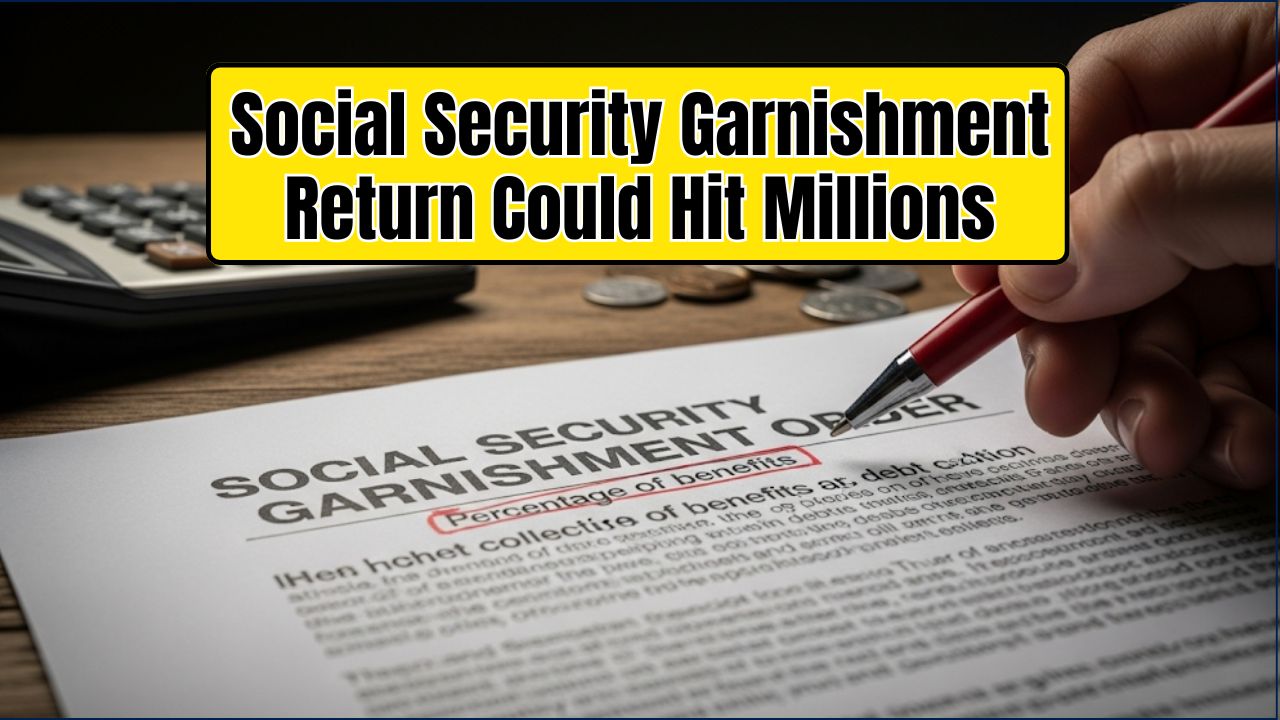If you live or work in California, you’ve probably heard the buzz: on January 1, 2026, the statewide minimum wage will rise to $16.90/hour. That’s up from $16.50 in 2025, thanks to California’s inflation-based adjustment system.

Now, $0.40 might not seem like a game-changer, but it’s part of a long-term pattern shaping paychecks, small business costs, and even the price of your favorite burger. Whether you’re a high schooler at your first job, a seasoned HR pro, or running a family-owned store, these changes will hit close to home.
California Minimum Wage Could Change in 2026
| Category | Details |
|---|---|
| Effective Date | January 1, 2026 |
| New Statewide Minimum Wage | $16.90/hour |
| Previous Rate (2025) | $16.50/hour |
| Exempt Employee Salary Threshold | $70,304/year (or $5,858.67/month) |
| Proposition 32 Outcome | Rejected by voters in 2024 (would have set $18/hour by 2026) |
| Local/Industry Variations | Some cities & industries have higher rates (e.g., $20/hour for fast food) |
The 2026 California minimum wage increase to $16.90/hour is another step in the state’s ongoing effort to keep pay in line with rising costs. While it’s not the $18/hour some hoped for, it still impacts millions of workers and thousands of businesses. By understanding your rights (or obligations), tracking local rules, and planning ahead, you can navigate these changes with confidence.
What’s Changing in 2026
The California Department of Finance uses a legal formula tied to inflation and cost-of-living data to set annual wage increases. For 2026, the rate goes from $16.50 to $16.90, a 2.49% bump that applies to all employers, no matter their size.
For salaried exempt employees:
- Minimum salary rises to $70,304/year or $5,858.67/month.
- If you earn less, you may now qualify for overtime pay protections.
Historical Trend — A Decade of Increases
Here’s how California’s statewide minimum wage has changed over the past 10 years:
| Year | Minimum Wage (Statewide) |
|---|---|
| 2016 | $10.00 |
| 2017 | $10.50 |
| 2018 | $11.00 |
| 2019 | $12.00 |
| 2020 | $13.00 |
| 2021 | $14.00 |
| 2022 | $15.00 |
| 2023 | $15.50 |
| 2024 | $16.00 |
| 2025 | $16.50 |
| 2026 | $16.90 |
This steady climb shows California’s commitment to annual increases — long before other states caught on.
Why It Matters
The minimum wage is more than a number — it’s a benchmark that impacts:
- Workers — That $0.40/hour means an extra $832/year for a full-time worker.
- Employers — Labor costs rise, which can lead to price adjustments, automation, or scheduling changes.
- Economy — Extra earnings can boost consumer spending, but also push prices upward.
Historical vs. Proposed Rate Comparison
| Year | California Statewide Minimum Wage | Key Change |
| 2024 | $16.00/hour | The first increase since reaching the $15/hour threshold. |
| 2025 | $16.50/hour | An annual inflation-based adjustment. |
| 2026 (Proposed) | $16.90/hour | Another annual inflation-based adjustment, continuing the trend. |
Proposition 32 — The $18 Wage That Wasn’t
In November 2024, California voters narrowly rejected Proposition 32, a plan to raise the wage to $18/hour by 2026.
- Proposal: Large employers: $18/hour in 2025. Small employers: $18/hour in 2026.
- Result: 50.7% said “No.”
- Effect: The state’s standard inflation-based increases remain.
This kept the 2026 rate at $16.90 instead of jumping to $18.
Local & Industry Exceptions
California is famous for local ordinances that set wages above the state minimum:
- San Francisco (2025): $18.67/hour, with 2026 likely higher.
- West Hollywood (2025): $19.08/hour.
- Fast food workers statewide: $20/hour since April 2024.
- Healthcare workers: $23/hour at large hospitals by 2026 under a phased law.
Local laws always override the state rate if higher.
Cost-of-Living Reality Check
According to the California Budget & Policy Center, the living wage for a single adult with no kids in California averages $22/hour statewide — and much higher in places like the Bay Area.
That means even at $16.90, many workers still rely on roommates, side gigs, or family support to get by.
Real-Life Examples
- Maria, a single mom in Fresno, says the bump “pays for a week of groceries,” but rent still takes most of her paycheck.
- Eddie, who owns a coffee shop in Sacramento, plans to raise menu prices by 3% to keep up with wage and supplier cost increases.
Comparison to Other States
California will still have one of the highest statewide minimum wages in 2026, but some states and cities outpace it:
- Washington State (2025): $18.00/hour projected for 2026.
- Massachusetts (2025): $16.00/hour but considering higher hikes.
- Seattle (2025): $19.97/hour for large employers.
Practical Tips for Workers
- Check Your Pay Stub in January — Make sure the $16.90 rate is reflected.
- Track Local Wage Changes — If your city’s rate is higher, you should be getting that instead.
- Plan for Annual Increases — Use extra income for savings, debt, or essentials.
Practical Tips for Employers
- Update Payroll Systems by December 2025.
- Review Salaries to ensure exempt employees meet the new $70,304/year threshold.
- Plan for Wage Compression — Adjust pay for employees earning just above minimum to maintain morale.
Top 3 Mistakes to Avoid as an Employer
- Ignoring Local Ordinances: Don’t assume the state minimum wage is all you need to pay. Always check if your city or county has a higher rate.
- Misclassifying Employees: A higher minimum wage can impact other wage-related requirements, like the minimum salary for exempt employees. Be sure your classifications are correct.
- Forgetting About Required Posters: Employers are legally required to display updated wage information in a visible location. Make sure you get the new official posters from the DIR.
Step-by-Step Compliance Guide
Step 1: Bookmark DIR’s Minimum Wage Page.
Step 2: Check your city’s minimum wage ordinance.
Step 3: Adjust payroll and budgets before Jan 1, 2026.
Step 4: Communicate changes to your team.
Frequently Asked Questions
Q: Does the $16.90 rate apply to tipped workers?
Yes — California requires all workers to earn the same minimum before tips.
Q: What if my city’s wage is higher?
You get the higher rate — local law beats the state minimum.
Q: Will wages go up in 2027?
Yes, the state reviews rates every year.












